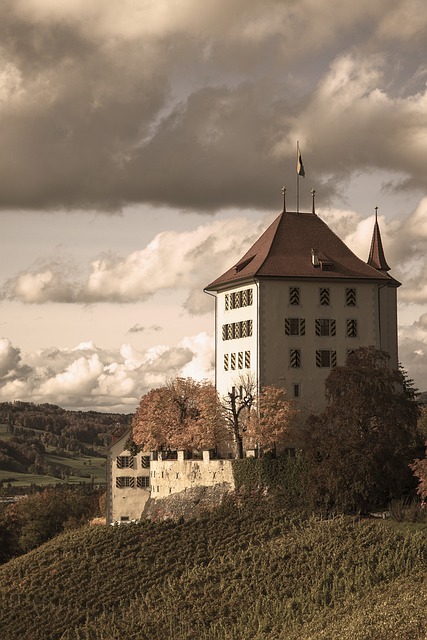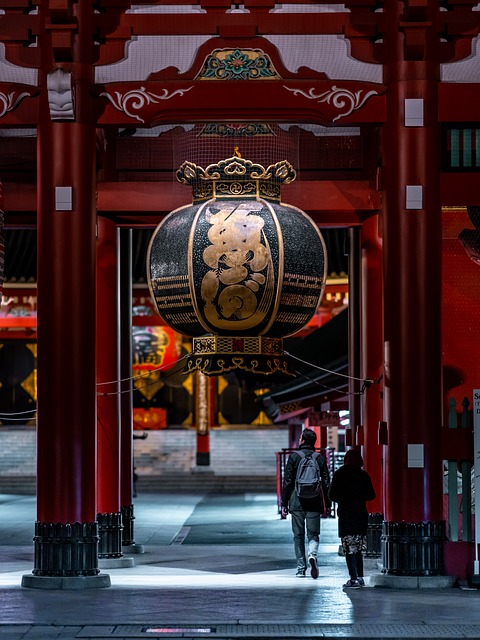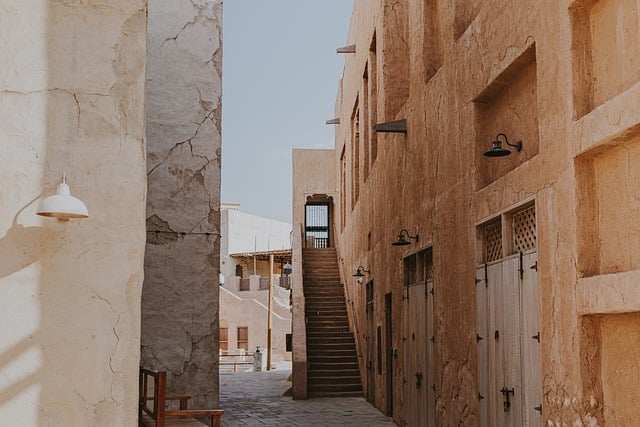Lane County, Oregon, takes pride in its architectural heritage, with dedicated efforts to preserve historic buildings as a testament to its past. Collaborative projects involving restoration, research, and education safeguard these landmarks, showcasing the county's cultural evolution from iconic structures like the Old Spore Building (1905) and Eugene City Hall (1930). Local communities, historians, and volunteers work together to document, restore, and promote these cultural gems, fostering community engagement and preserving Lane County's collective identity for future generations.
Lane County, Oregon, boasts a rich architectural heritage with historic buildings that tell the story of its past. This article explores the efforts dedicated to preserving these cultural treasures through various initiatives in Lane County’s historical preservation. From grand structures to quaint gems, each building holds a unique narrative. We delve into the significant role community and local efforts play in conserving these historical sites, ensuring they remain for future generations to appreciate and learn from.
- Preserving Lane County's Architectural Heritage
- Notable Historical Buildings and Their Stories
- The Role of Community and Local Efforts in Conservation
Preserving Lane County's Architectural Heritage

Lane County boasts a rich architectural heritage, with historic buildings that tell the story of its past. Preserving this valuable cultural legacy is a top priority for locals and historians alike. Through dedicated efforts in Lane County historical preservation, these structures are not just protected but also restored to their former glory, ensuring they remain standing strong for future generations.
Community initiatives and partnerships with organizations focused on Lane County historical preservation have been instrumental in safeguarding the county’s architectural tapestry. These collaborative projects involve meticulous restoration work, historical research, and educational programs that raise awareness about the significance of each building. By preserving these landmarks, the community ensures that the history and character of Lane County are preserved, offering a tangible connection to its diverse and fascinating past.
Notable Historical Buildings and Their Stories

Lane County is home to a rich architectural history, boasting numerous notable buildings that tell the story of its past. These structures are not just physical remnants but living testaments to the county’s evolving culture and community. One such example is the Old Spore Building, constructed in 1905, which served as a bustling center for local commerce and social gatherings for decades. Today, it stands as a symbol of historical preservation, offering a glimpse into the daily lives of Lane County residents from generations ago.
Another gem is the historic Eugene City Hall, designed by renowned architect Ellis F. Lawrence in 1930. This Art Deco masterpiece has been the heart of municipal government, reflecting the community’s pride and progress over the years. Through these buildings and many others, Lane County historical preservation efforts aim to safeguard not just bricks and mortar but also the memories and narratives that give our communities their unique character.
The Role of Community and Local Efforts in Conservation

The conservation and preservation of historic buildings in Lane County, Oregon, are not just about maintaining architectural gems; they are a testament to the community’s collective identity and commitment to its past. Local efforts in historical preservation stem from a deep-rooted sense of pride and responsibility towards these cultural landmarks. Community members often take an active role in saving and restoring these structures, ensuring that the rich history of Lane County is preserved for future generations.
Through collaborative initiatives, local organizations, historians, and volunteers work tirelessly to document, restore, and promote these historical sites. Their dedication involves raising awareness, securing funding, and implementing sustainable practices to preserve these buildings’ integrity. These collective actions not only safeguard the physical structures but also nurture a sense of community engagement and cultural continuity in Lane County’s vibrant landscape.






